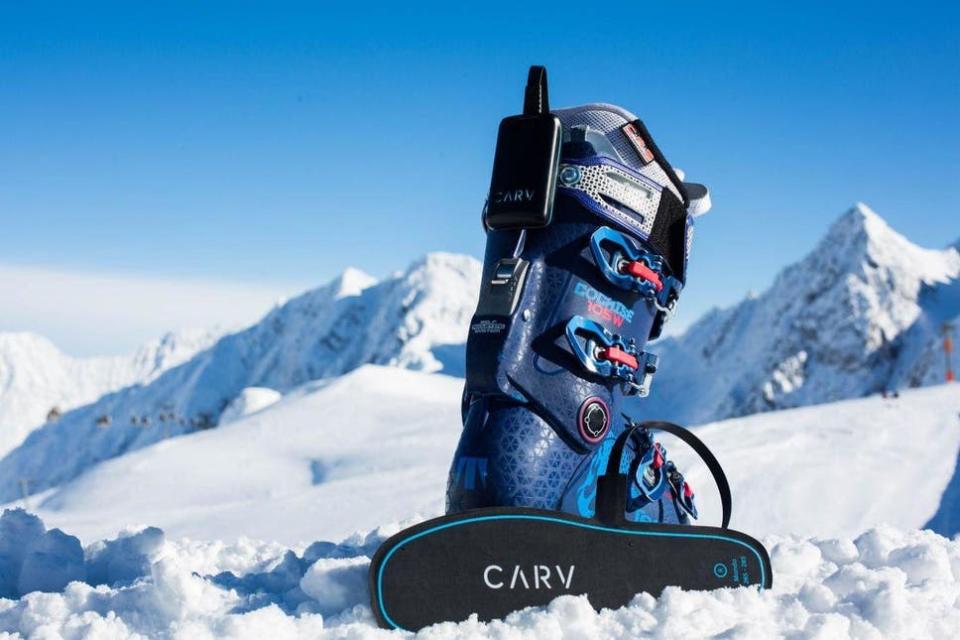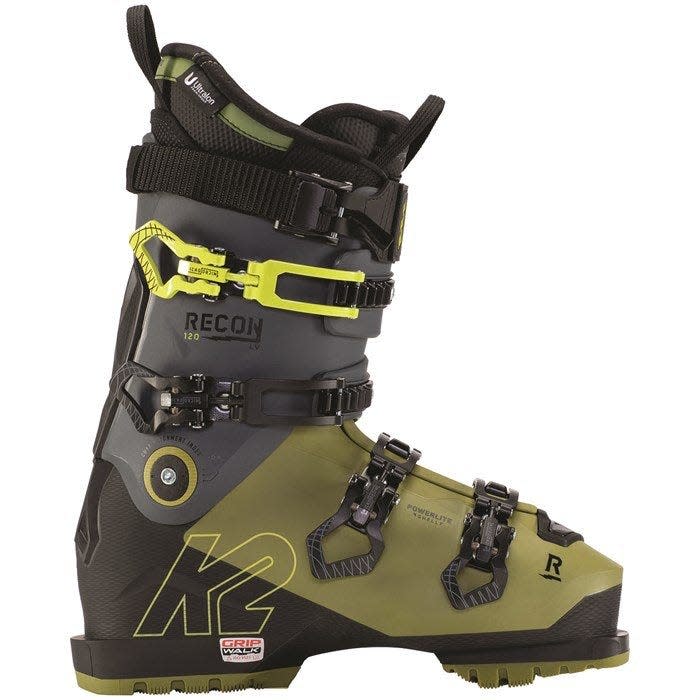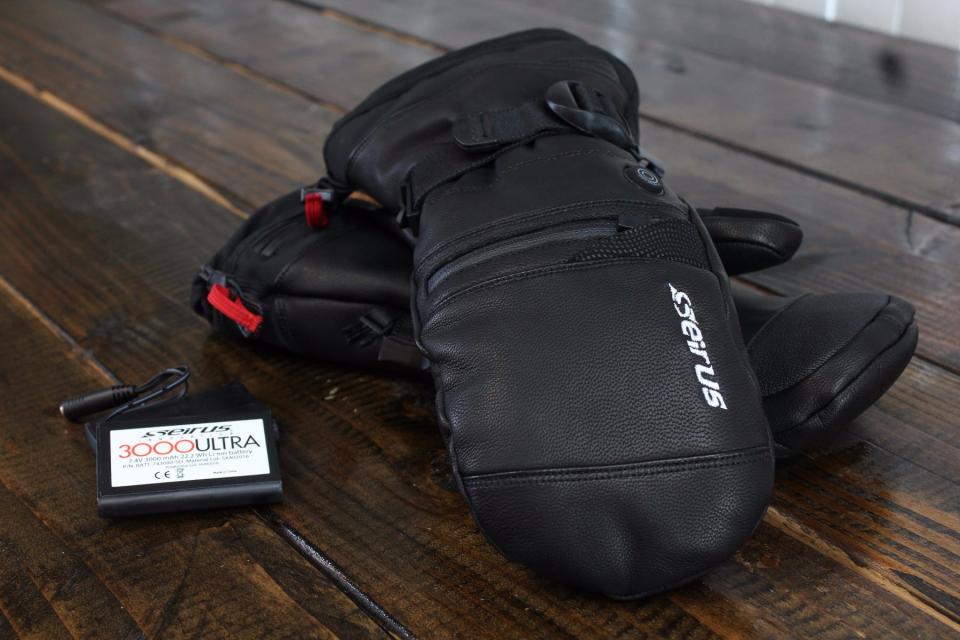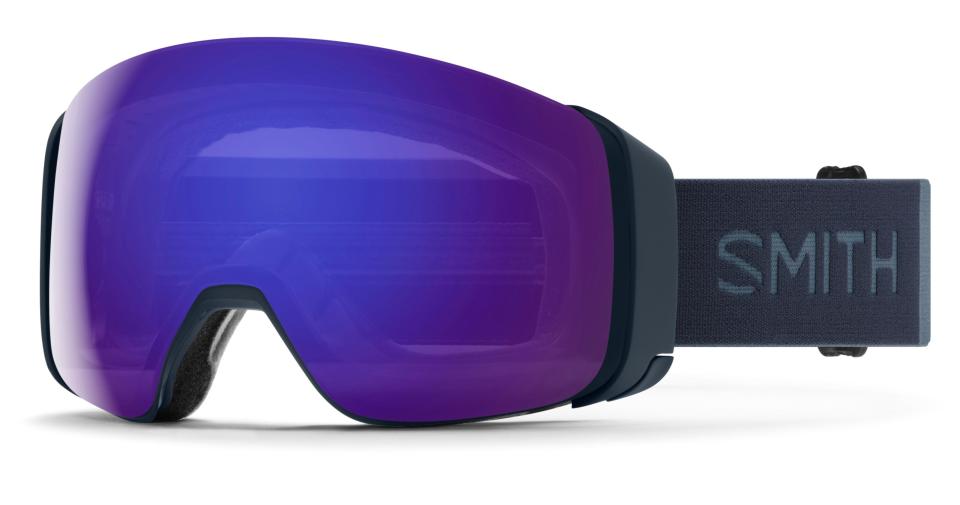Mask up and ski down: This tech makes skiing during the pandemic fun, safe and warm
I grew up in Alaska, so I totally get the whole concept of cabin fever. I just never thought it would hit so hard living in the San Francisco Bay Area.
This many months into the pandemic, COVID-19 fatigue is real. But so is the fear of letting our guard down – even for a moment – and getting our loved ones, ourselves or anyone else sick.
Still, when my BFF and his partner invited our family to meet them for a few days of downhill skiing in Lake Tahoe in mid-January, we dove in balaclava first to find the gadgets, gear and good advice to make skiing during the pandemic the best – and safest – experience possible.
Here’s what we learned:
Ski season and COVID-19: What you need to know before you head to the slopes
Trip in the pandemic? These are some of the best tech tools if you have to travel
Ski resort visit, skiing during the pandemic requires planning ahead
Most resorts and ski areas now require you to buy your lift ticket online and only allow so many skiers and snowboarders on the mountain per day. The sooner you make your reservation and pay for your ticket prior to your ski day, the less it tends to cost.
The same goes with gear rental – do that ahead of time, too. Apps like Ski Butlers let you pick out your ski and snowboard rentals online, then delivers it all directly to you at your hotel, lodge, or even Airbnb at some 50 different ski locations worldwide. The gear rental costs are the same as in-person shops in each locale, and the company has a detailed COVID-19 cleaning protocol outlined on its site.
Experts weigh in: How safe are winter outdoor activities during the coronavirus pandemic?
Get these ski apps
For the latest ski conditions, open trails and pandemic safety measures, see if your destination resort has its own app. Most do these days, but some are quite a bit better than others.
Squaw Valley/Alpine Meadows has one of the best I’ve seen. It’s easy to navigate and gives you up-to-date information on trail status, lift wait times, parking and road conditions. It also tracks your runs, trails, vertical feet skied and max speed; plus, it lets you both find and compare your stats with family and friends.
No matter where you’re headed, check out the Slopes app, too. It works with more than 3,500 resorts worldwide but can map your tracks in the backcountry, even if you don’t have cell reception. It’s kind of like Waze for skiers. It shows you routes, update, and what other people using it are saying about specific snow conditions in real time. It also shows your runs in 3D, along with your top speeds, and lets you overlay photos of ski days on the app’s map view.
Ski mask up
Masks are mandatory in all of the ski resorts I’ve visited this year. As with everything outdoors during the winter, cloth can get wet, so put a few extra masks in your pocket and plan to swap them out as needed, or use one specially designed for exercise in the cold, like Seirus' Magnemask Thick N Thin BIO Filter Bundle ($55). It’s a fleece ski mask and neck warmer with magnetic seams so you can easily pull it on and off. Because cold-weather face protection is usually all about breathability, Seirus added disposable BIO mask filters to make sure your nose holes stay covered. They come in a pack of five and feature a pliable copper nose bridge for ultimate comfort.
Enro ($16.50) also makes a line of fitness-focused masks I now use on the slopes and off. They’re incredibly lightweight but add a three-layer "forever filter'' that you never have to change. The masks are the most comfortable I’ve used to date and hug the bridge of your nose so that your glasses don’t fog up. The best part is that they wick moisture, so your lips don’t get chapped and nothing freezes to your face.
Get a digital ski coach
I’m a decent skier but only go once or twice a year. And even for an advanced skier, there’s a difference between icy groomers, backcountry powder, or braving the big-bump moguls. I like to brush up my skills with lessons every now and again, but private lessons have gotten really expensive – around $500 or $600 – at many resorts here in the U.S.
At $350, the new Carv digital ski coach is a serious game changer. After using it for just one day, my daughter said I had “sick skills” and called me a “legend.”

In just two days, I pushed past about a two-decadelong plateau with a combination of in-app drills, precise and personalized pointers and consistent coaching between each run.
Carv combines hardware that you attach to your boots with an iOS or Android app that delivers real-time feedback and coaching. A thin, footprint-sized sensor goes under each boot lining to track 36 different metrics, such as your stance, balance, pressure, edging and turn control. You also attach a Tic Tac-sized tracker to the top of each boot. You can’t feel a thing when you’re wearing them, they don’t come off when you fall, and they stay charged for three full days.
An artificial intelligence instructor coaches you via real-time audio updates, or you can wait and listen to training tips on the chairlift between runs. You can pick a specific skill to work on – for me, it’s basically “ski fast, but in control, don’t lean back and don’t fall down” – and Carv helps you figure out how to best achieve it.
The turning on my outside ski and balance training exercises, constant reminders to make sure my shins were in light contact with the tongue of my ski boots and other tiny tweaks with weight distribution, pressure and edging worked wonders.
How to stay warm on the ski slopes
As someone who is always cold, I also appreciated a few runs in K2’s newest Recon 120 MV Heat Ski Boots with USB-rechargeable thermic heat tech built right into the liners.

Since I’m a boot renter, I usually rely on Seirus Heatwave Sock Liner ($35), which locks in the heat from your foot under your second sock layer. Ever since I spent a week in Jackson, Wyoming, a few years ago, I’ve relied on Seirus to keep most everything warm in extreme cold.
I also have a yearslong love affair withits HeatTouch Hellfire Mitt. At $450, these battery-powered little finger ovens keep your digits cozy and warm for up to 12 hours at a time. Yes, they cost a small fortune, but when it comes to freezing phalanges, they’re worth every penny.

Protect your head with Bluetooth ski helmets
The single most important ski gadget for me overall is a helmet. I’ve had 11 concussions, including two that happened on the slopes.
I usually rent a helmet from the same place I rent my Demo ski and boot package, and I’m a fan of both Smith and Atomic models I've mentioned before. But this year I was able to try out Sena's Latitude SX ($120) with built-in Bluetooth speakers and a microphone, which offers a fix for mid-mountain phone calls and playing music.
If up to four people in your snow squad also have Sena helmets, you can use them like walkie-talkies from as far away as a half-mile. This particular helmet is cozy and warm but a little heavier than the others I mentioned, and it only comes in one matte black color. Those are two cons to consider for sure.
A pair of Smith’s 4D MAG Goggles ($300) top my gadgets list for the slopes this year. The lenses adhere magnetically, so changing them out is (literally) a snap. They also widen your field of view by about 25%, and the anti-fog inner lens keeps your vision crystal clear, even with all the added masks and face protection.

What to keep in mind when skiing amid the COVID-19 pandemic
Restrooms are open at the top of the mountains, and signs ask that you remain socially distanced if you use them. Most ski areas are also serving limited food, outside only, so pack snacks and water, and dress for an entire day outdoors. Every resort I’ve been to is going cashless, and you’ll need a credit card if you do want to purchase anything during the day.

We went during the middle of the week, when it’s typically less crowded anyway, and had most of the mountain to ourselves. Staying 6 feet apart from other people was super easy, and it’s really some of the best skiing I’ve ever experienced at California resorts. No wait time in lift lines; no crowds; and, for once in as long as I can remember, no real worries at all.
Jennifer Jolly is an Emmy Award-winning consumer tech columnist and host of USA TODAY's digital video show TECHNOW. Email her at jj@techish.com. Follow her on Twitter: @JenniferJolly.
The views and opinions expressed in this column are the author’s and do not necessarily reflect those of USA TODAY.
This article originally appeared on USA TODAY: Ski resort COVID trip: Try this tech on the slopes to stay safe, warm

